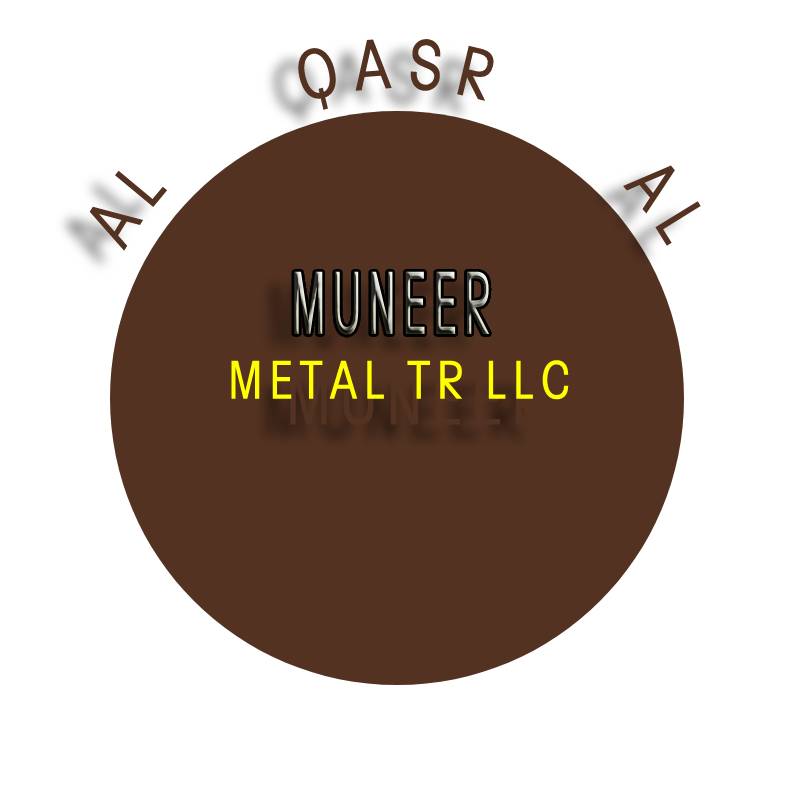Titanium Rods: prices of titanium in market
Titanium rods are strong, lightweight, corrosion-resistant cylindrical bars made from titanium metal. They are widely used in industries such as aerospace, automotive, chemical processing, and medical applications. In the medical field, titanium rod is commonly used to support and align broken bones.
This guide covers what rods are titanium, their properties, pricing, Titanium rod sizes, how they are sold, and their most common uses in bone fixation.
New Titanium rods, known for strength and corrosion resistance, are priced in AED from 190 to AED 5,500 depending on their usage—ranging from industrial applications to high-grade medical implants for bone support and structural reinforcement.
What is a rod of Titanium?
A titanium rod is a solid cylindrical bar made from pure titanium or titanium alloy. These rods are manufactured in various grades and dimensions depending on their intended use. Rods of titanium used in medical applications are often made from high-grade alloys such as Ti-6Al-4V (Grade 5), which offer high strength and excellent biocompatibility.
Properties: They have unique combination of properties like;
- Biocompatibility: Suitable for use in the human body, for example titanium implants.
- High Strength-to-Weight Ratio: Strong yet lighter than other metals like steel.
- Corrosion Resistance: Titanium does not rust or degrade easily, even in harsh environments.
- Non-Magnetic: Safe for use around MRI machines and other medical imaging equipment.
- Durability: Can remain functional for many years without degradation.
Common Applications/ usages in our life
These are used in various sectors. In the Bone/orthopedic field, they are inserted inside bones to provide internal support after a fracture. Outside the medical field, they are used in:
Mostly utilized in various high-performance industries due to their exceptional strength, lightweight nature, and resistance to corrosion. In the aerospace sector, they are used in aircraft structures to enhance durability without adding excessive weight.
In shipbuilding, titanium resists saltwater corrosion, making it ideal for marine environments. Chemical processing plants rely on titanium rods to withstand aggressive substances and extreme temperatures. In military hardware, their strength and resilience contribute to the production of advanced weaponry and protective systems.
Additionally, the automotive industry incorporates titanium rods in performance vehicles for improved efficiency, strength, and fuel economy under demanding conditions.
How Titanium Rods Are Sold?
Ti rods are sold in different ways depending on the industry and purpose:
Raw, industrial-grade titanium rods are commonly sold by weight, with prices varying based on grade, purity, and current market rates. These rods are typically purchased by manufacturers who machine or shape them into final components for use in various industries, including aerospace, automotive, and chemical processing.
Titanium rod sold by length are often used for commercial applications, offering flexibility for custom cutting and meeting specific construction requirements. This method suits projects that demand precise dimensions and tailored solutions in sectors such as architecture, engineering, and industrial manufacturing.
In medical supply chains, titanium rods are provided as pre-sterilized units, tailored in specific sizes and shapes to match human anatomy. These ready-to-use rods ensure safety, compatibility, and precision for medical procedures involving internal support and alignment of bones.
Titanium Rod Prices
Prices vary based on titanium grade, form, and source. Below is an approximate range:
| Type | Price Range (USD and AED) |
| Raw titanium rod (per kg) | $50 to $150 (AED 190 TO AED 550) |
| Round titanium bar (per meter) | $100 to $200 (AED 370 TO AED 735) |
| Medical titanium rod (per unit) | $300 to $1,500 (sterilized) (aed 1100 to AED 5500) |
Note: Prices may vary depending on international titanium rates, manufacturing quality, and import/export policies.
Titanium Rod Sizes
They come in various diameters and lengths. Below are common dimensions:
- Diameter: 5 mm to 25 mm (0.0164042 Feet- 0.082021 Feet)
- Length: 100 mm to 1000 mm or longer (0.328084 Ft-3.28084 Ft or 1m)
In bone fixation procedures, rods are selected based on the bone and patient size.
Common Size Used in Bone
For medical use, particularly in the fixation of long bones, the following sizes are most frequently used:
- Diameter: 9 mm to 13 mm (0.0295276 ft-0.0426509ft.)
- Length: 300 mm to 420 mm (0.984252 ft-1.37795ft.)
A commonly used standard size for femoral fractures (thigh bone) is:
- Diameter: 11 mm (0.0360892ft)
- Length: 380 mm (1.24672ft)
These dimensions provide a balance between structural strength and anatomical fit.
Grades of Titanium Used
Several titanium grades are available, with the most common for rod production being:
- Grade 2: Commercially pure titanium, soft and easy to form.
- Grade 5 (Ti-6Al-4V): Titanium alloy, offers high strength, used widely in both industrial and medical applications.
- Grade 23 (Ti-6Al-4V ELI): Extra low interstitial, often used for critical medical implants requiring high purity and toughness.
Finishing and Treatment
Titanium rods may undergo various surface treatments depending on their use:
- Polishing: For aesthetic and friction-reducing purposes.
- Anodizing: For color coding and corrosion resistance.
- Coating with Hydroxyapatite: In medical applications to promote bone growth around the rod.
Availability and Supply
Titanium supplier for rods globally by:
- Metal suppliers and distributors
- Aerospace material vendors
- Medical device manufacturers
- Online industrial platforms and wholesalers
They are often available in both custom and standard sizes, depending on the application and client requirements.
Bottom-line
Though Titanium rods are are expensive yet vital components across multiple industries due to their unmatched combination of strength, lightness, and resistance to corrosion. Their use in the medical field, particularly for bone support and alignment, highlights their importance and reliability.
Whether purchased by weight, length, or as a medical implant, the Ti rods continue to be a high-demand product in both industrial and medical markets.



